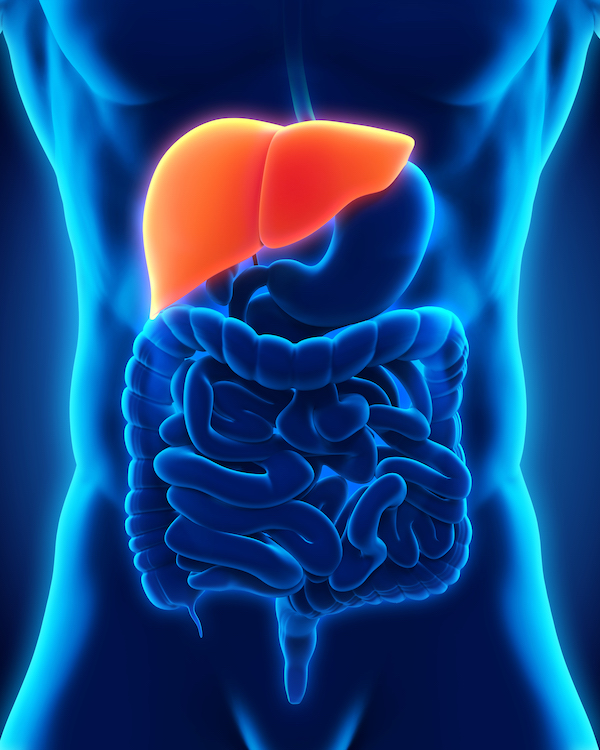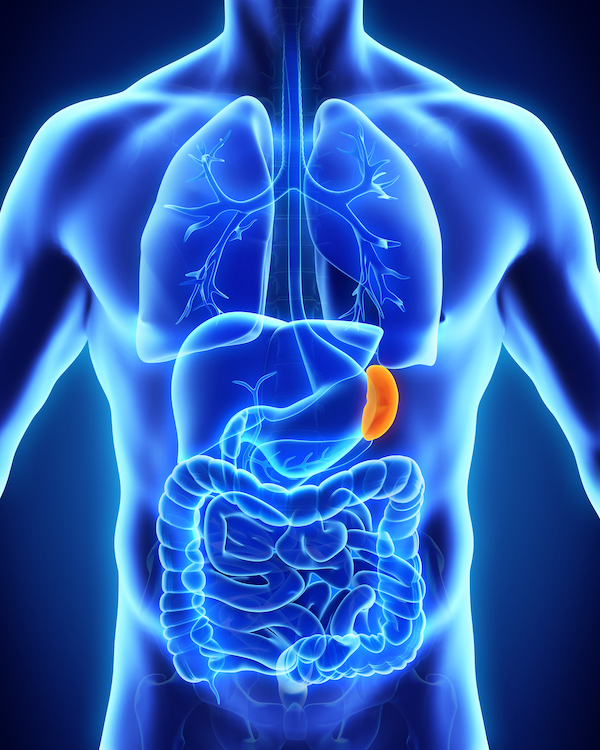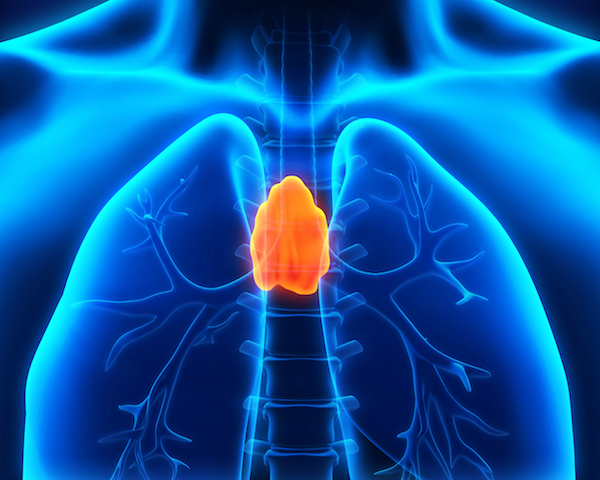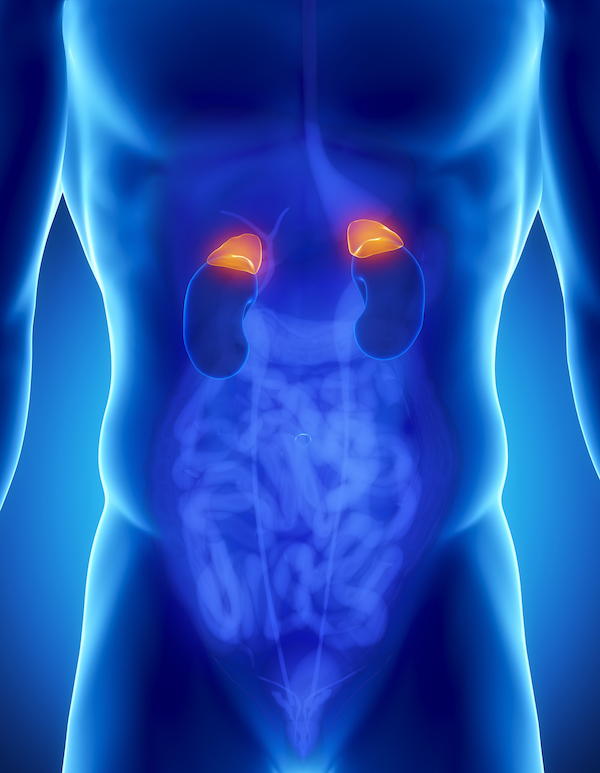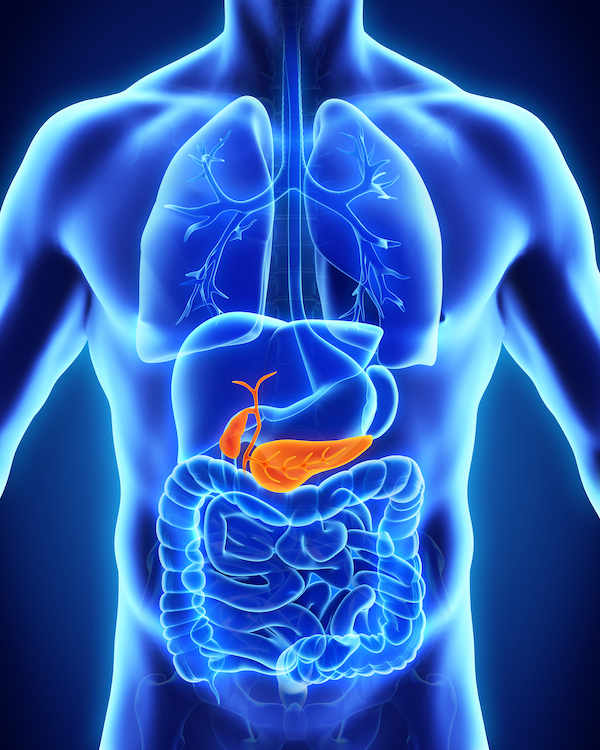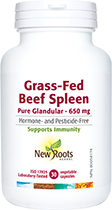Glandular Extracts - Traditional Medicine for the Modern Times
Glandular therapy involves the administration of extracts produced from specific organs or glands of animals. The use of glandular therapy dates back thousands of years in traditional Chinese medicine (TCM), and began in Western medicine in the 19th century, gaining traction in the early twentieth century.[1, 2]
The philosophical basis of glandular therapy is that oral ingestion of an animal gland—such as the liver, spleen, thyroid, etc.—will strengthen the function of the corresponding gland in humans. The scientific basis for the use of animal glandulars is that they contain hormones; hormone precursors; and an array of nutrients such as vitamins, minerals, and amino acids required for healthy organ function. In addition to providing nutrients, glandulars are thought to have organ-sparing properties; by supplying exogenous hormones and hormone precursors, they allow rest and recovery of the overburdened organ. In Western medicine, glandulars were used prior to the availability of synthetic hormones. For example, desiccated thyroid gland was used for patients with hypothyroidism, and adrenal glandular was used for its corticosteroid hormone content to treat conditions such as Addison’s disease.[2] Although glandular therapy has since fallen into disuse within conventional medicine, it is still used within TCM and modern naturopathic medicine.
Liver
Liver extract has been studied and used historically for conditions including chronic hepatitis and chronic liver disease.[3–5] Liver extracts have been shown to improve fat utilization, promote tissue regeneration, and prevent liver damage.[5] A double-blind study of 556 patients with chronic hepatitis, who were treated with 70 mg of liver hydrolysate or placebo three times daily for three months, showed that the patients treated with liver extract had dramatically lower liver enzyme levels, demonstrating improvement of liver function and prevention of further liver damage, compared to the group receiving placebo.[5]
Liver is a rich source of nutrients, specifically iron—it contains up to 3–4 mg of heme iron per gram of extract—hence its use in the treatment of iron deficiency and iron-deficiency anemia. Liver extract should not be used by persons with iron overload such as hemochromatosis.
Spleen
According to Pizzorno and Murray, spleen extract may be used for immune conditions ranging from immune potentiation, infection, cancer, celiac disease, dermatitis herpetiformis, ulcerative colitis, rheumatoid arthritis, glomerulonephritis, systemic lupus erythematosus (SLE), vasculitis, low white blood cell counts, and thrombocytopenia.[5] Several of these conditions are associated with low spleen function. In the 1930s, spleen extract was shown to improve white blood cell counts as well as benefit infections such as malaria and typhoid fever, while in modern-day Germany, spleen extract has become popular for its immune-potentiating effects in treating infection and cancer.[5] Peptides derived from spleen extract, including tuftsin and splenopentin, are immunologically active and have been shown to stimulate macrophages, enhance natural killer (NK) cell activity, and enhance the body’s response to colony-stimulating factors.[5]
Thymus
The thymus gland is essential in immune cell (T-cells) development and maturation. Thymus gland extract has been shown to help normalize levels of immune cells and prevent recurrent respiratory tract infections in children; treat asthma, hay fever, and food allergies in children; improve immune function in the elderly; benefit acute hepatitis B infection; and help improve white blood cell counts in patients with cancer and chemotherapy-induced immune suppression.[6–14]
In a double-blind study, when children with recurrent infections were treated with thymus derivative over the course of a year, there was a significant decrease of the monthly frequency of recurrent respiratory infection compared with the previous year.[11]
Adrenal
Although “adrenal fatigue” or “adrenal burnout,”—also known as “subclinical hypoadrenalism” or “mild adrenocortical deficiency (MAD)” in medical language [15]—remains an unrecognized diagnosis among the medical profession at large, it is used in complementary medicine to describe the long-term effects of stress on the body.
The adrenal glands produce several hormones including cortisol, popularly known as “the stress hormone,” which is responsible for helping the body adapt to stress. Symptoms of adrenal fatigue include fatigue, weakness, anorexia, nausea, vomiting, weight loss, salt craving, hypotension or orthostatic hypotension, hypoglycemia, hyperpigmentation of the skin, decreased body hair in women, poor immune function, and poor tolerance to stress or exertion.[16] Supplementation with adrenal glandular can help supply the nutrients and hormone precursors required for healthy adrenal function and cortisol synthesis.
Pancreas
Pancreatic extracts are rich in enzymes required to break down fats, proteins, and carbohydrates. Most commonly, pancreatic enzyme therapy is a treatment for pancreatic insufficiency, which may be characterized by impaired digestion, malabsorption, nutrient deficiencies, and abdominal discomfort. Pancreatic enzymes may also be used as a treatment for cystic fibrosis, cancer (especially tumours affecting the pancreas), and inflammatory or autoimmune disorders. When used as a digestive aid, pancreatic enzymes should be taken three times a day at least 20 minutes before meals. If used as an anti-inflammatory, pancreatic enzymes should be taken on an empty stomach.
References
1. Billings F. Glandular therapy: introduction. JAMA. 1924;83(13):1000-1001. URL: http://jama.jamanetwork.com/article.aspx?articleid=231888 Accessed 10 July 2015.
2. Edelberg D. “Glandular therapy back in the news.” WholeHealth Chicago. Updated 2013. URL: http://wholehealthchicago.com/2013/01/07/glandular-therapy-back-in-the-news/ Accessed 10 July 2015.
3. Bakulenko EF. [Use of liver hydrolysates and corticosteroids in chronic hepatitis and liver cirrhosis]. Vrach Delo. 1976 Apr;(4):108-10.
4. Obayashi A, Akioka H, Tazaki H. Studies on the effect of a liver hydrolysate on the hepatic circulation in chronic liver diseases. Arzneimittelforschung. 1972 Mar;22(3):578-80.
5. Pizzorno J, Murray M. “Glandular therapy.” Textbook of natural medicine. Elsevier, St. Louis: 2013, pp 306-311.
6. Bagnato A, Brovedani P, Comina P, Molinaro P, Scalzo C, Triolo VA, Milani G. Long-term treatment with thymomodulin reduces airway hyperresponsiveness to methacholine. Ann Allergy. 1989 May;62(5):425-8.
7. Braga PC, Dal Sasso M, Maci S, Piatti G, Palmieri R, Bruno L, Albanese C. Restoration of polymorphonuclear leukocyte function in elderly subjects by thymomodulin. J Chemother. 1994 Oct;6(5):354-9.
8. Cavagni G, Piscopo E, Rigoli E, Iuliano P, Bertolini P, Cazzola P. "Food allergy in children: an attempt to improve the effects of the elimination diet with an immunomodulating agent (thymomodulin). A double-blind clinical trial". Immunopharmacol Immunotoxicol. 1989;11(1):131-42.
9. Cazzola P, Mazzanti P, Kouttab NM. Update and future perspectives of a thymic biological response modifier (Thymomodulin). Immunopharmacol Immunotoxicol. 1987;9(2-3):195-216.
10. Galli M, Crocchiolo P, Negri C, Caredda F, Lazzarin A, Moroni M. Attempt to treat acute type B hepatitis with an orally administered thymic extract (thymomodulin): preliminary results. Drugs Exp Clin Res. 1985;11(9):665-9.
11. Fiocchi A, Borella E, Riva E, Arensi D, Travaglini P, Cazzola P, Giovannini M. A double-blind clinical trial for the evaluation of the therapeutical effectiveness of a calf thymus derivative (Thymomodulin) in children with recurrent respiratory infections. Thymus. 1986;8(6):331-9.
12. Marzari R, Mazzanti P, Cazzola P, Pirodda E. [Perennial allergic rhinitis. Prophylaxis of acute episodes using thymomodulin]. Minerva Med. 1987 Nov 30;78(22):1675-81. Italian.
13. Misković M, Kamenov B, Filipović S, Vojinović S, Dimitrijević H. [Changes in surface markers on peripheral blood lymphocytes, caused by thymic extract in breast cancer patients]. Srp Arh Celok Lek. 1994;122 Suppl 1:81-3. Serbian.
14. Kouttab NM, Prada M, Cazzola P. Thymomodulin: biological properties and clinical applications. Med Oncol Tumor Pharmacother. 1989;6(1):5-9.
15. Prousky J. Mild adrenocortical deficiency (a.k.a. adrenal fatigue): a real diagnosis? Journal of Orthomolecular Medicine. 2012; 27(4): 155-6.
16. Fritz H. HPA dysregulation and human health: what is the evidence? Integrative Healthcare Practitioners June/ July 2011: 56-61.
 Heidi Fritz, MA, ND
Heidi Fritz, MA, ND
A practicing naturopathic doctor since 2007, her areas of
focus include women's health, children's health, chronic
pain, and more.

 Stores
Stores
